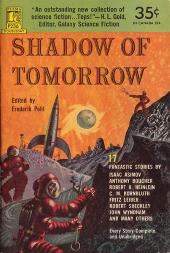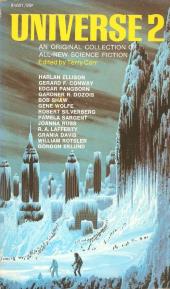Novelette
The Man Who Awoke
- by Laurence Manning
- Wonder Stories,[/em] March 1933
Upon waking from a long sleep of three millennia, Norman Winters finds himself in the world of AD 5000 (more or less). Humanity staggers to save itself amid the world's littered, stagnant wreckage after what has become known as the great Age of Waste. There is a political rivalry between the younger generation opposing the older generation's proposed waste of resources that they (the younger generation) assert that they are entitled to. —based on Wikipedia
Down in my lead-walled room I shall drink my special drug and fall into a coma which would on the surface of the earth last (at most) a few hours. But down there, shielded from all change, I shall never wake until I am again subjected to radiation.








